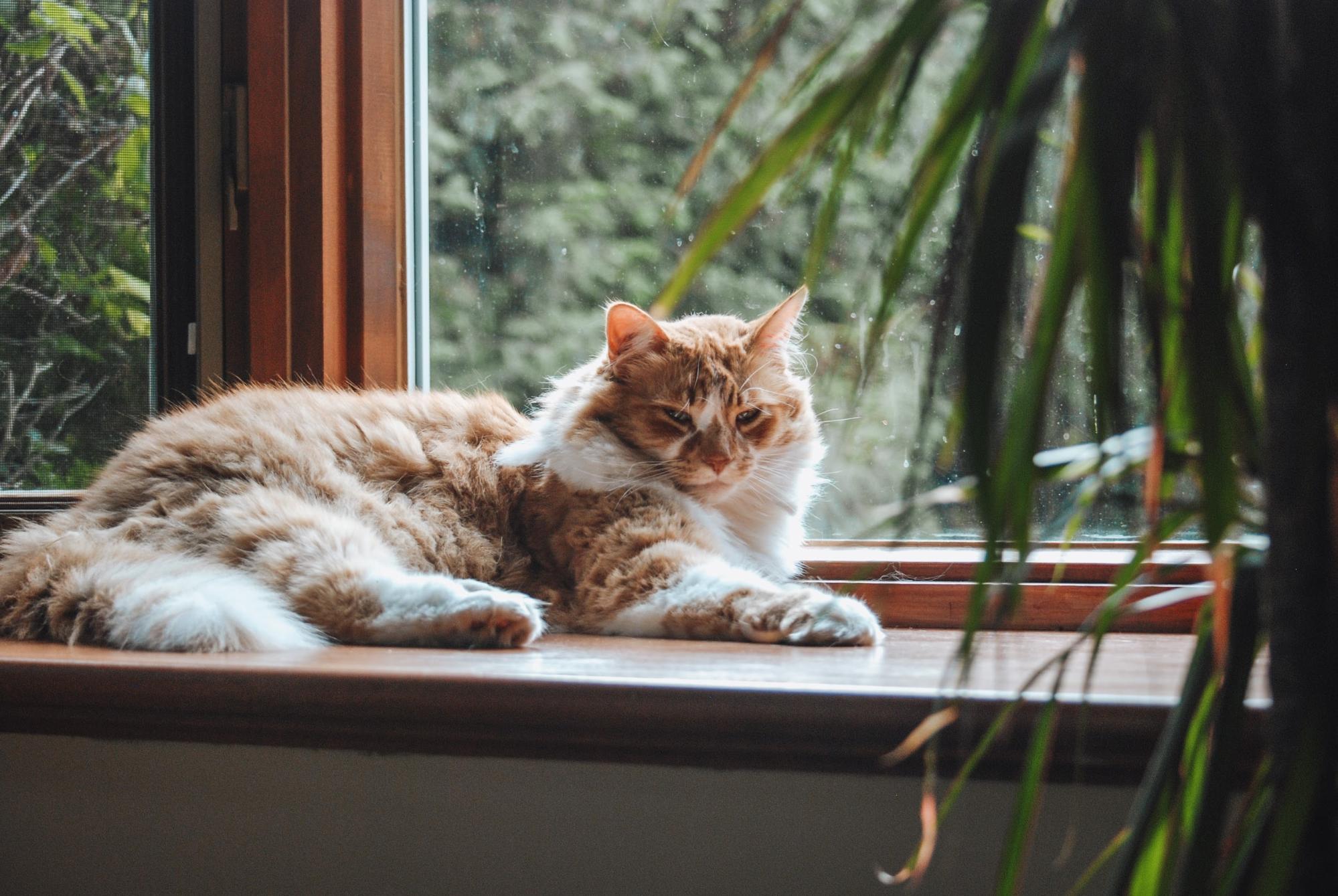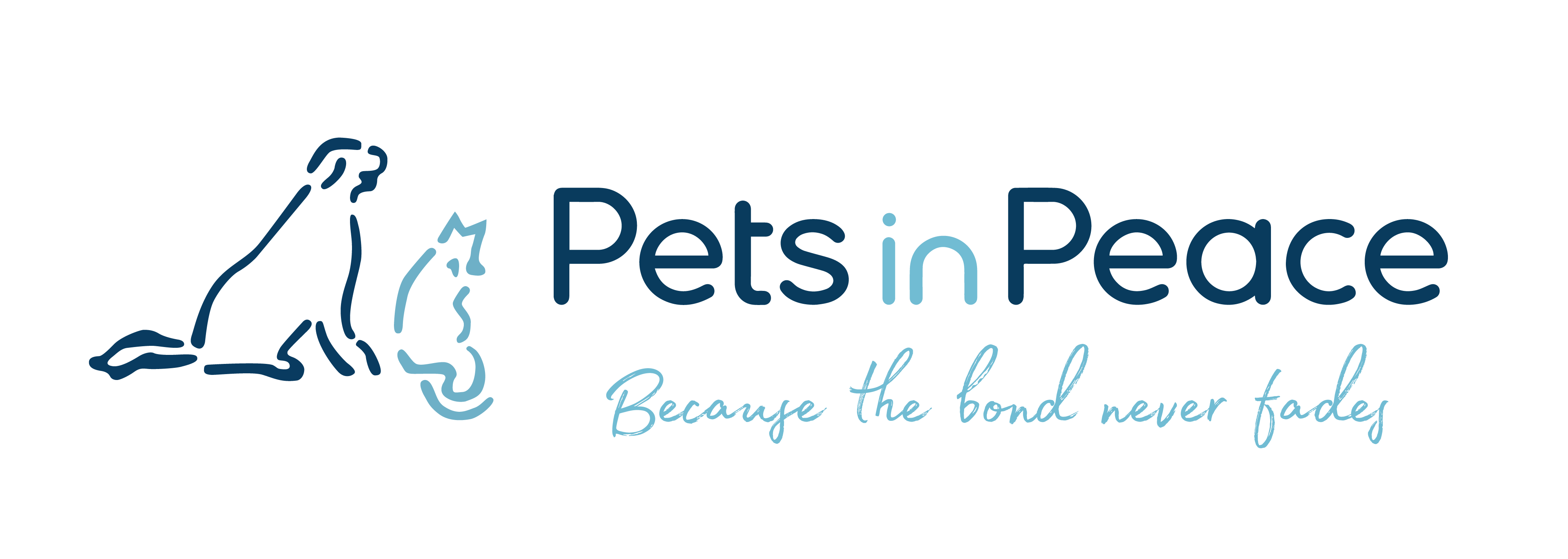
Losing a pet is hard when you know they’re on their way out; and when it’s something you don’t expect, it’s completely devastating. When we don’t have time to plan, we rarely consider all the tasks that need to be arranged to lay your pet to rest. There are many things to organise and it can be difficult to think about these when you’re going through the grieving process. To help you during this difficult period, we’ve compiled a list of things you should do, should your pet die unexpectedly, to make this sad time a little easier to handle.
Make sure all affected are okay
This includes yourself as well. Looking after yourself and loved ones that were attached to your pet should be the first priority. Depending on the situation, if you’re in the midst of an accident, remove yourself and your loved ones or other pets from any danger before going to your deceased pet.
Make sure you also tend to the emotional needs of your loved ones and yourself. Sometimes when a death is unexpected, we can begin to place guilt or blame on ourselves and others involved for the outcome. We can blame ourselves for not noticing their illness earlier, or not fixing the fence where they escaped onto the road, and so on. However, this is not a healthy mindset to harbour and can make your grieving process a lot harder.
Grief can leave you feeling sad, angry, anxious, shocked, regretful, relieved, overwhelmed, isolated, irritable or numb. It’s important to recognise these for what they are and allow yourself and others to process them and deal with them in healthy ways (speaking to a professional or seeking support from a personal network is a good way to process emotions). Be aware of the symptoms of shock for both yourself and those affected around you. This can look like shaking, experiencing palpitations, headaches, stomach aches, sleeplessness and more.

What to do if your pet dies at home?
If your pet dies at home, it can still be incredibly surprising and traumatic, but it can give you time to think about how to act and what to do. Having time to consider things helps you with planning the eventual funeral, wake, or cremation down the track. So, to help you prepare, take the following steps if the worst should occur.
Keep the body cool
Unfortunately, the speed of deterioration of an animal’s body is quite rapid. This means you have to act fairly quickly when it comes to making decisions on what to do with the body. If your pet unexpectedly dies at home you have to take action pretty quickly. Ultimately, you have to decide for yourself whether you want your pets’ remains removed or kept with you for a home burial. You have about 24 hours to make this decision as this is approximately the amount of time you can keep a well cooled animal body before the body starts to really deteriorate. Start by placing your pet’s body in an unused refrigerator or freezer to keep them cold – this process is especially necessary in the Australian climate. This is the ideal situation for your pet; however, we know this isn’t possible for every household. If you don’t have a spare fridge or freezer or if the animal is too big to place in the fridge, place them in the shade on a cement floor to draw heat away from the body. Do not wrap it as this will trap the heat. Also, ensure the body does not get wet. Lastly, if you do seek closure, you can have a necropsy (autopsy) performed; however, you should not freeze the body in this situation. Further, to have a necropsy performed, contact your veterinarian center as soon as possible.

Call your vet
This should be one of the first things you do if the event is unexpected. Your vet can help you through the process and give you options and an explanation on where to go from there. They will also take the body if you wish to have a necropsy.
How to handle your pet’s body
Even while kept cold, tending to a death animal poses some health risks, so never make any contact with the animal without some kind of barrier in between. It is best to wear gloves to prevent any bodily fluids from coming into contact with your skin. This is especially important if your pet has died from a disease. Wrap the body in a blanket and put them in a position that makes you feel comfortable and that you feel rests them peacefully. This will help you move them from one place to another (if necessary).
Ways to memorialise your pet
While a backyard burial may seem like the most appropriate and comfortable way to remember your pet, this isn’t always the best option for the surrounding environment. Other wildlife can be negatively impacted by you burying your pet in the earth. Animals may try to dig up the remains of your pet and depending on how the pet died, this can be very detrimental to their health if they consume the carcass.
If your pet dies of a disease, this could be spread to other animals or humans if it is buried. Euthanised pets are also dangerous to other animals as they can paralyse or even kill them if the remains are accidentally consumed. If you do, however, decide burial is the option for you, you should ensure that your beloved fur baby is at least 3 feet (1 meter) deep. This will hopefully prevent any other animals digging up the body and stop bad smells from being detectable.
One of the best ways to memorialise your pet is through cremation, which is an increasingly popular option. This way you can scatter the ashes where you like or keep them with you in a special urn or container. This also prevents the spread of any smell, diseases, and of course, the digging up of the pets’ remains. There is also the option of making jewelry out of your pets ashes after cremation. This can be a nice symbol of your pets significance to you, and it keeps them close to you when you wear it.

Finding closure and healing
Whether you find out what has happened to your pet or not, it’s important to go through the motions of loss and come to terms with each stage. This speeds up the healing process and ensures you are actually grieving through each stage rather than bottling up heavy emotions. If you are overwhelmed with feelings of blame and grief ask yourself the following questions.
- Could I have changed the event?
- Did my actions cause the event?
- Was what I did necessary or avoidable?
- Could I control the fate of my pet and the outcome?
- Were my intentions to ever hurt my pet?
Most of these will be followed with a ‘no’. It is important to remind yourself and family members that are going through the same feelings, that you loved your pet and your intention was never to hurt them. Their life with you was loving and happy and that was what you could control. Remind yourself of the quality of life they had because of you and the way you looked after them. This is a good way to reflect on the positives and the life they had with you.
Honor your pet’s life
It may be helpful to conduct a small ceremony with your nearest and dearest. This may be a good opportunity for you to say something to commemorate your pet and may provide some closure. If you are in need of a memorial place for your pet, it may be better to create a memorial garden instead (or on a smaller scale, a small memorial nook in your home or a scrapbook). This can be personalised to your pet’s tastes and is somewhere you can visit whenever you miss them.
Pets in Peace helps Australians organise the perfect way to say goodbye to their special pets through aftercare services. We organise funerals and cremations, tended to with the highest level of respect and dignity for your lost pet. To learn more about our services, please enquire online or call 1800 100 909.
